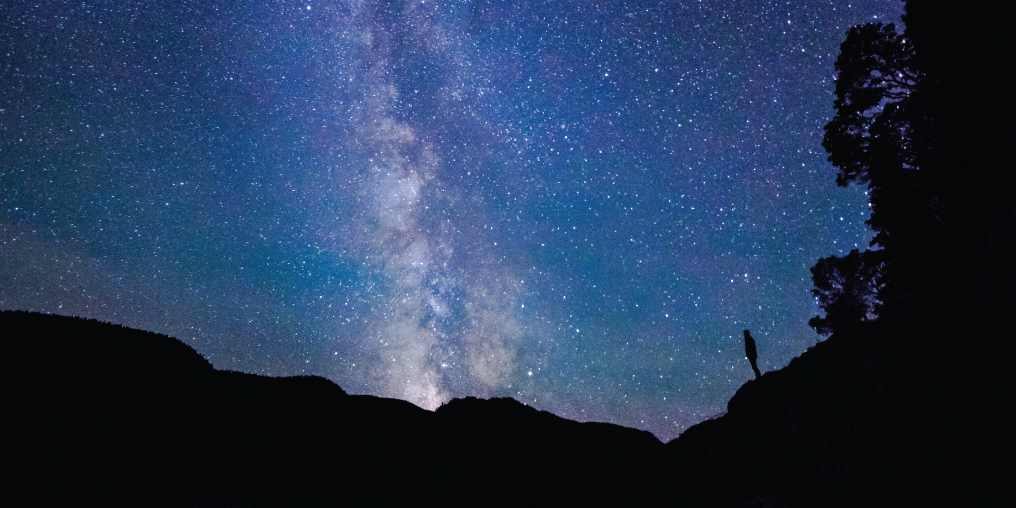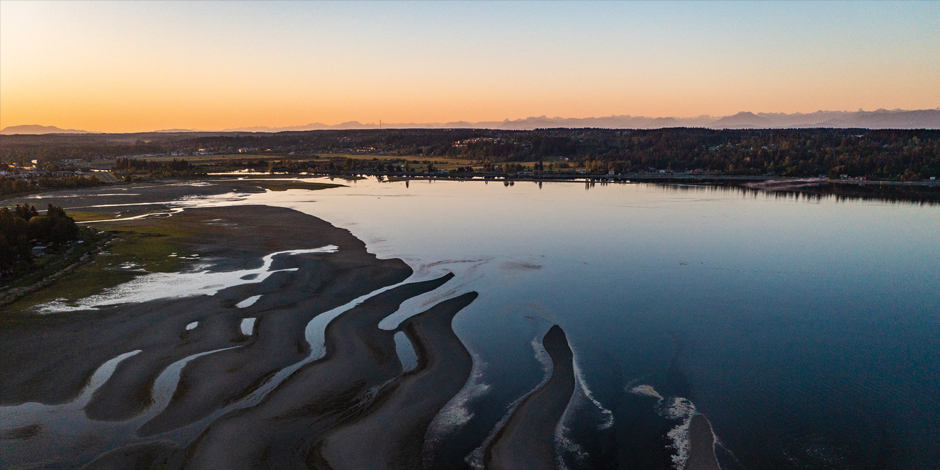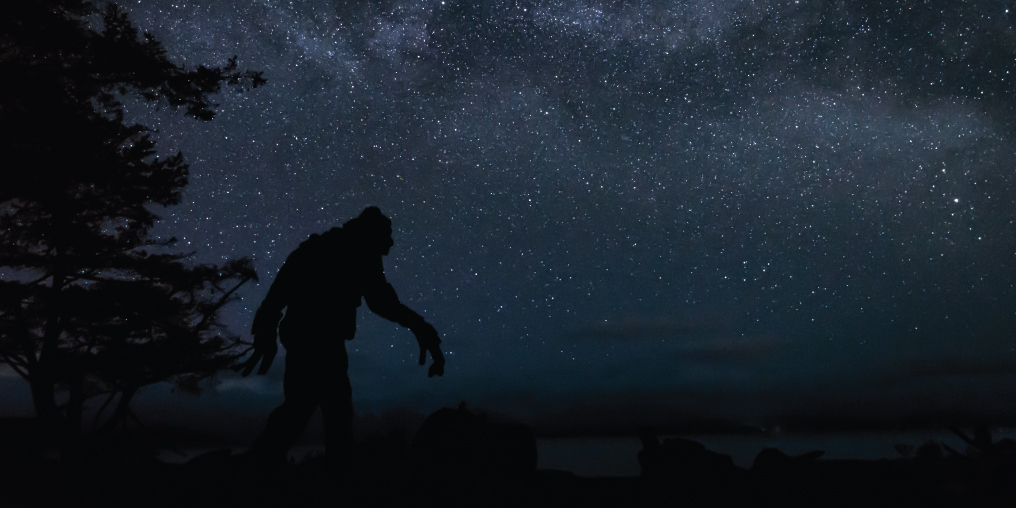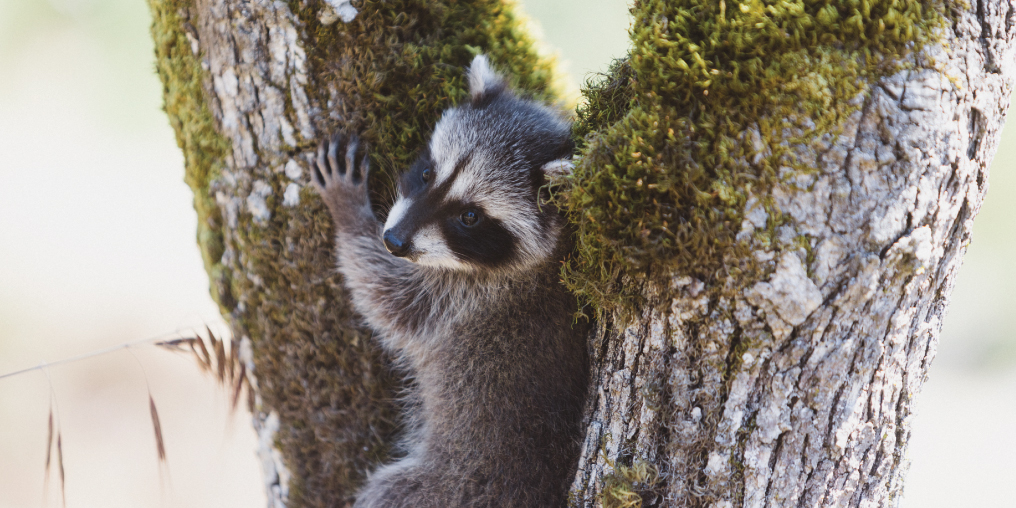Fighting the urge to crawl back into my warm bed, I force myself to grab my camera bag and head into the chilly night air. Arriving on location, I turn on my headlamp and head towards a clearing, still grumbling about how I’d rather be in bed. After making the short hike, without noticing any glowing eyes in the bushes, I sit down and turn off the light. As my eyes slowly adjust to the darkness, a new world unfolds in front of me, and all thoughts of sleep quickly disappear. Once again, I realize how much I love being under the night sky.
With summer behind us, there’s still plenty of opportunity to commune with the stars. In fact, the crisp, cool nights of autumn are the ideal time to witness clear skies without the humidity and haze that summer months can bring.
If you’ve never tried stargazing in the Comox Valley, it’s time to get out there! Read on for a few tips to help you have a rewarding celestial experience.
Before heading out, check the hourly forecast to make sure you’re going to have clear skies and, especially in the cooler months, make sure to dress appropriately. Bringing something to sit on can make the experience much better, as can a thermos of hot tea.
Binoculars are helpful for viewing the craters on the moon, if you’re so inclined. That said, you will have a better time stargazing if the moon isn’t outshining everything else, so check what the current moon phase is. A new moon (when the moon is located on the same side of the Earth as the sun, and therefore isn’t visible in the night sky) is the best time to view stars, planets, and meteor showers because the sky will be at its darkest.
Finding a good location is key. Ideally, you’ll set up somewhere far from light pollution, and if you can see the horizon, even better. Getting up high is also helpful. One of my favourite stargazing spots is Forbidden Plateau. A short 15-minute hike from the top of the road will grant you stunning views over the entire Comox Valley. Beach locations like Kin Beach or Kye Bay offer wide vistas. Lightless farm roads also work well, and Paradise Meadows provides dark skies only a short walk from Raven Lodge.
When you arrive at your chosen spot, give your eyes 15 to 20 minutes to fully adjust to the darkness. Avoid looking at bright lights if possible; using a red filter on your headlamp will help you see when maneuvering around in the dark. If you’re interested in learning about what you’re seeing, there are many apps that feature sky maps and star finders. Just remember to turn down the brightness on your phone if you’re going to use it—this helps protect your night vision.
Autumn and winter are a great time to bundle up and get under the night sky, especially with upcoming celestial events like the awe-inspiring Geminids meteor shower. Watch for clear skies and get out there to enjoy the show Mother Nature provides.
AUTUMN CELESTIAL EVENTS
OCT 6 | NEW MOON
OCT 7–9 | DRACONIDS METEOR SHOWER
BEST VIEWING WILL BE EARLY EVENING JUST AFTER NIGHTFALL
OCT 21–22 | ORIONIDS METEOR SHOWER
OCT 25 | MERCURY AT GREATEST WESTERN ELONGATION
LOOK IN WESTERN SKY AFTER SUNSET
OCT 29 | VENUS AT GREATEST EASTERN ELONGATION
LOOK IN WESTERN SKY AFTER SUNSET
NOV 4 | NEW MOON
NOV 19 | PARTIAL LUNAR ECLIPSE
MOST OF THE MOON WILL DARKEN AS IT MOVES THROUGH THE EARTH’S SHADOW, STARTING AT 11:18 P.M. UNTIL THE PEAK AT 1 A.M. PST
DEC 4 | NEW MOON
DEC 13–14 | GEMINIDS METEOR SHOWER
CONSIDERED ONE OF THE BEST SHOWERS, WITH UP TO 120 METEORS PER HOUR. WILL BE BEST VIEWED IN DARK HOURS BEFORE DAWN ONCE THE MOON HAS SET
DEC 19 | NEW MOON





